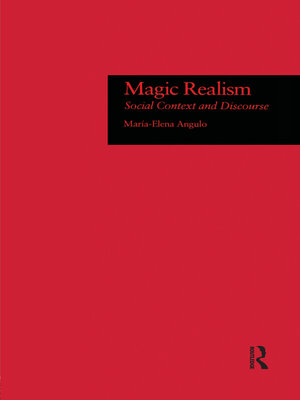
Sign up to save your library
With an OverDrive account, you can save your favorite libraries for at-a-glance information about availability. Find out more about OverDrive accounts.
Find this title in Libby, the library reading app by OverDrive.



Search for a digital library with this title
Title found at these libraries:
| Library Name | Distance |
|---|---|
| Loading... |
Since the 1930s, Latin American writers have used magic realism to transcend the limits of the fantastic and illuminate social problems within the culture. The author considers five modern Latin American novels. Starting with two canonical texts of magic realism, Alejo Carpentier's El reino de este mundo (1949) and Garcia Marquez's Cien a-os de soledad (1967), the author argues that Los Sangurimas (1934), by the Ecuadorian Jos de la Cuadra, is a seminal work due to de la Cuadra's new approach to reality and his use of marvelous and hyperbolic elements. The author shows the continuation of this example in Ecuador in Demetrio Aguilera-Malta's Siete lunas y siete serpientes (1970) and Alicia Y nez Coss'o's Bruna, soroche y los tios (1972), which elucidate social problems of race, class, and gender through use of magic realism.
In selecting for her study well-known writers such as Carpentier, Garcia Marquez, and others, less well-known such as de la Cuadra, Aguilera-Malta and Y nez Coss'o, the author demonstrates that both canonical and noncanonical writers for many years have been working on this new way of writing to interpret in fiction the highly complex Latin American reality.







